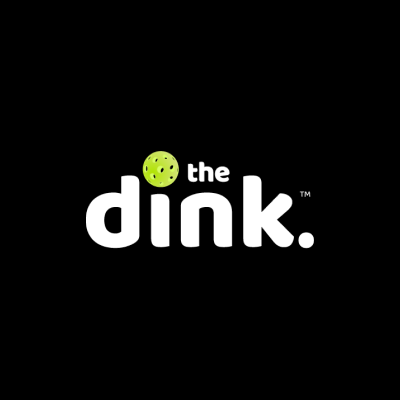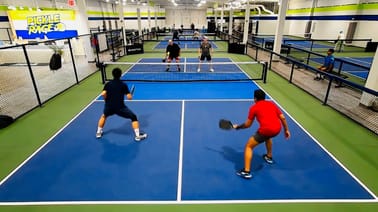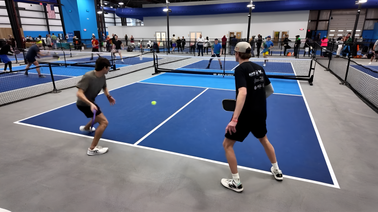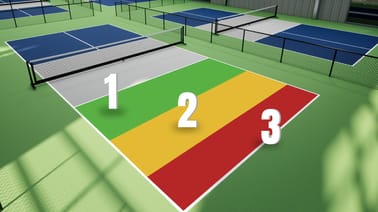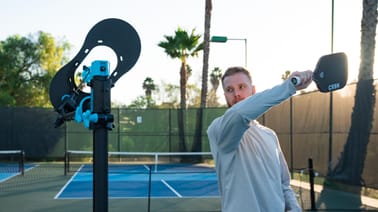
Because pickleballs are made of plastic, overheads are not point enders like they are in tennis. It can take five or six overheads for a team on offense to finally put the ball away.
It's also common for the tables to turn and the team on defense to defend the overhead and get the point back to neutral.
Pickleball Playbook offers three tips to help you defend against overheads in a new video.
Low center of gravity
For an overhead to end the point, it has to hit the court. The best offensive strategy is to land the overhead deep in the court at the feet of the defense.
Sign up today for more tips and advice from most informative newsletter in pickleball from The Dink!
As a defender, that means you will want to be low, knees bent, and paddle down. That way you can dig the ball back up after it bounces.
Standing straight up cuts down on the time you have to react and makes returning a ball at your feet more difficult.


Backpedal and split step
When you're retreating to field an overhead, don't turn and run, backpedal. Keep your eyes forward and retreat as deep as you can before the ball reaches your opponent.
Before your opponent hits the ball, it's imperative that you split step. Error on the side of being early rather than late. Without a split step, your chance of hitting a serviceable shot drops significantly.
Give up one or two steps back in your retreat to ensure you get the split step in.
- The split step gets you back on balance and ready to move in any direction
- It halts your backward momentum which would be the culprit for your next poor shot
- It allows you to get into a good ready position with a low center of gravity
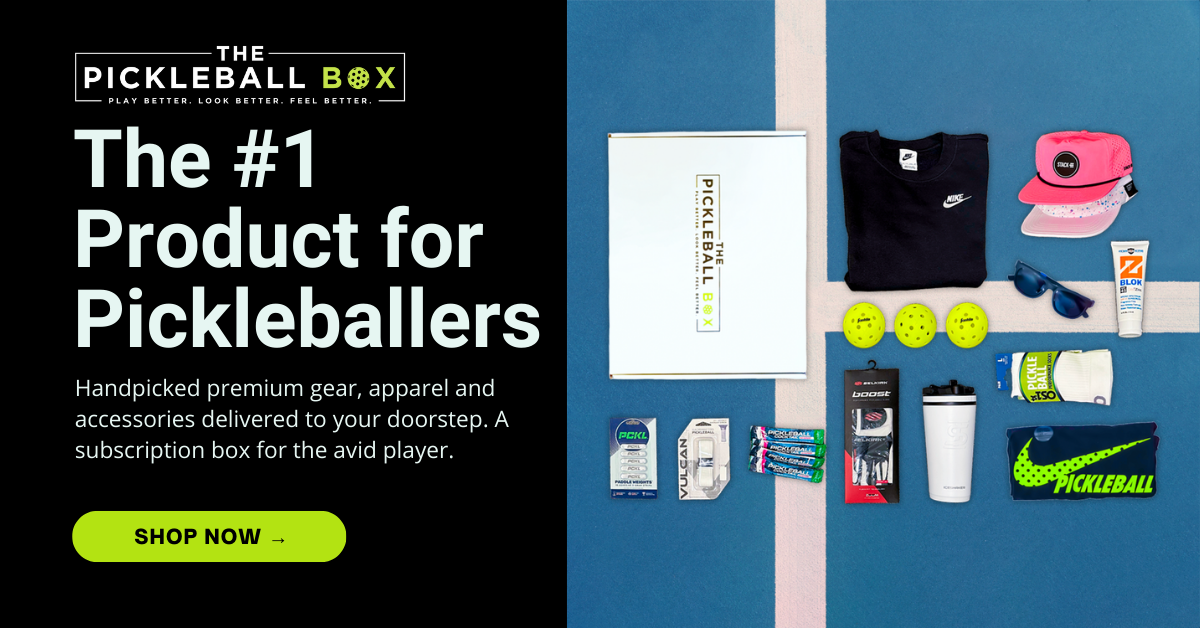
For $50 off your first Pickleball Box, use code DINK50.
Cut down on their angles
When defending the overhead, your goal is to land a drop in the kitchen that allows you to advance in the court. If your back is against the wall, your best bet might be sending back lobs until you get something softer you can work with.
This video suggests a very specific target for those lobs. Aim them deep and in the middle of the court. The thought here is that less of your court will be visible to the person hitting the overhead because of the net.
The overhead becomes more difficult to hit when less court is visible. They will likely take a high-risk shot at one of the back corners of the court.
This allows you to predict where the ball is headed and increase their odds of making a mistake. So instead of lobbing aimlessly and hoping for the best, try to airmail the lob to the back middle of the court.
Take Our Rating Quiz to Find Your Rating



